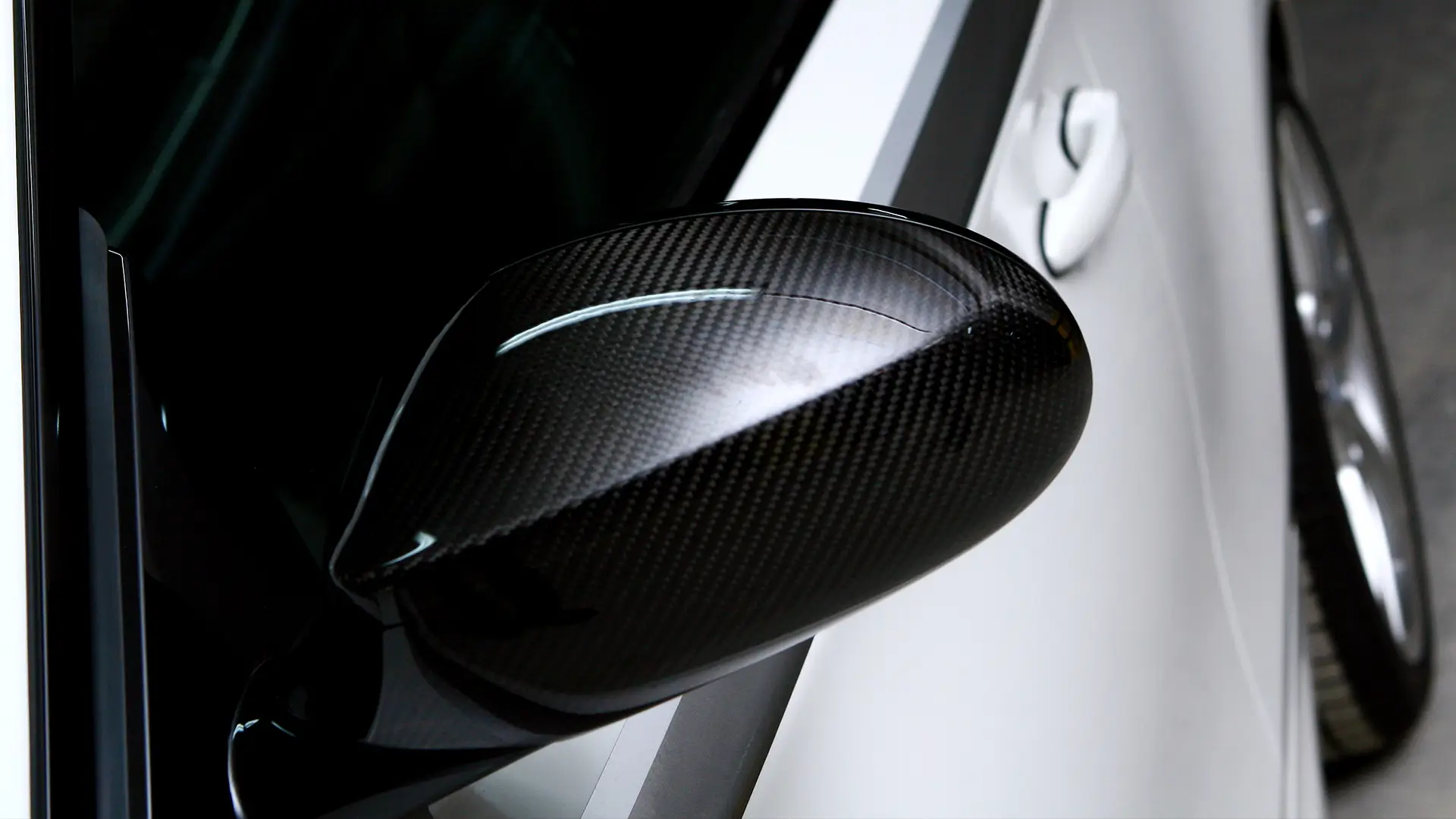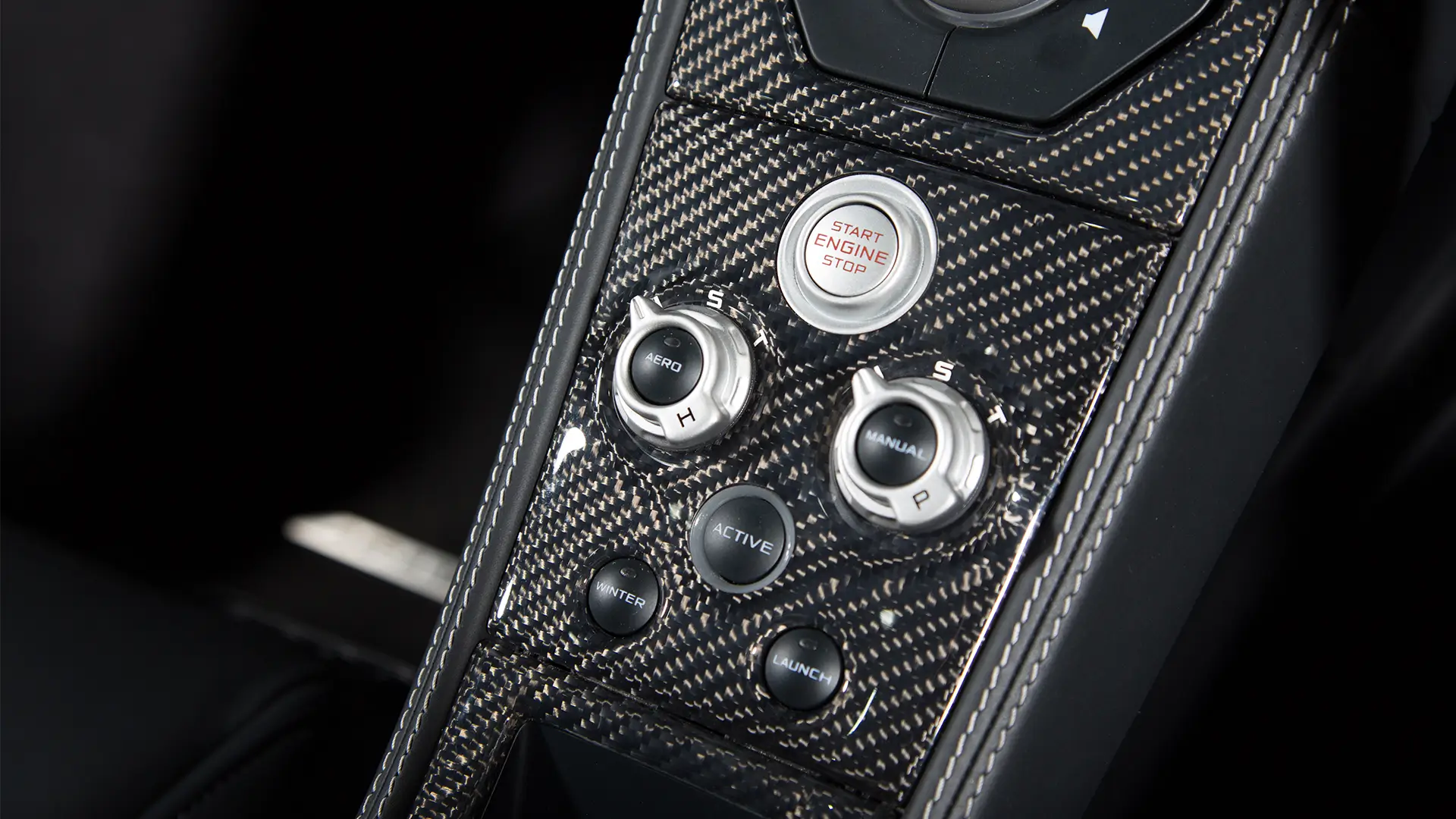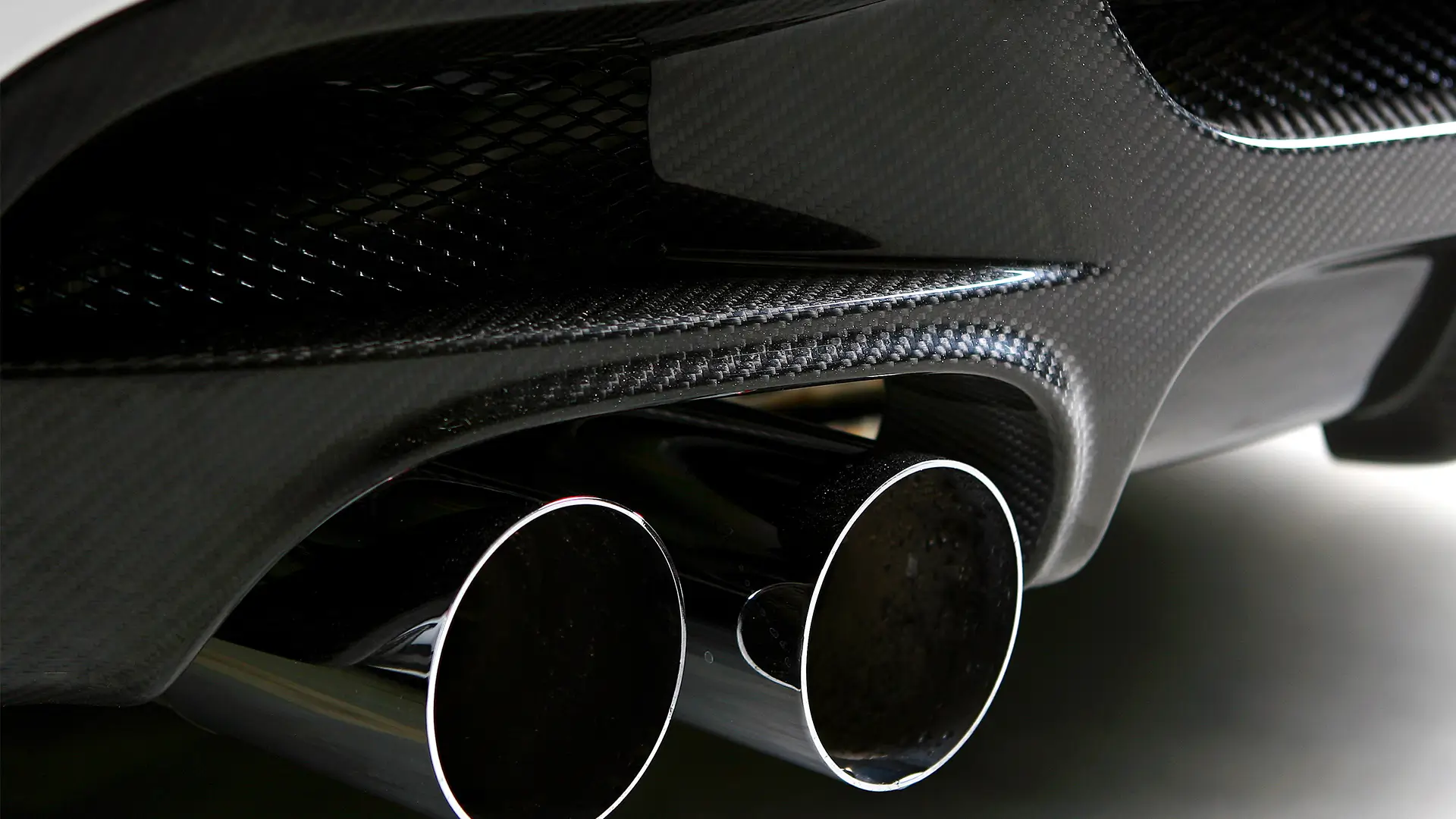Factors Affecting the Cost of Custom Carbon Fiber Parts
Several variables determine the price of custom carbon fiber parts. Understanding these factors will help you estimate the overall cost of your project:
1. Size of the Part
- Larger parts require more materials and take longer to manufacture, leading to higher costs.
- Example: A bicycle frame will cost significantly more than a small trim piece for a car interior.
2. Complexity of the Design
- Intricate designs and shapes require advanced techniques and more time to produce.
- Complex molds and higher labor requirements drive up costs.
3. Material Quality
- High-grade carbon fiber fabric and resin systems increase durability but also come at a premium price.
- Common options include standard carbon fiber fabric, twill weave, or higher-end pre-preg materials.
4. Production Volume
- Single-item production (one-off custom parts) is costlier due to the setup involved.
- Bulk production lowers the per-unit cost through economies of scale.
5. Manufacturing Process
- Hand layup, vacuum bagging, or autoclaving each have different costs associated.
- More advanced processes like autoclaving ensure better results but are significantly more expensive.
6. Labor Costs
- Skilled labor significantly impacts the price, especially for detailed designs.
- Regional variations can also influence labor costs.
7. Tooling and Mold Costs
- Molds need to be designed and fabricated specifically for your custom part.
- Durable molds are reusable, but the initial tooling cost can be high.
8. Finishing and Post-Processing
- Additional work like trimming, sanding, polishing, and adding protective coatings increases costs.
Breakdown of Estimated Costs
The cost of custom carbon fiber parts can range from a few hundred dollars to several thousand dollars, depending on the above factors. Here is an approximate breakdown:
| Component | Price Range |
|---|---|
| Small Decorative Parts | $50 – $300 |
| Medium-sized Automotive Components | $500 – $2,000 |
| High-Performance Sporting Equipment | $1,000 – $5,000 |
| Aerospace or Industrial Components | $5,000+ |
Steps to Reduce Costs Without Compromising Quality
While custom carbon fiber parts are inherently expensive, there are ways to manage costs effectively:
1. Opt for Standard Materials
- Instead of pre-preg materials, consider wet layup processes with standard carbon fiber fabrics.
2. Simplify the Design
- Reducing unnecessary complexity in design saves material, labor, and mold costs.
3. Choose Affordable Manufacturing Methods
- Vacuum bagging is less expensive than autoclaving while still providing excellent results for most applications.
4. Collaborate with a Reliable Manufacturer
- Work with manufacturers experienced in carbon fiber projects for cost-effective solutions without compromising quality.
5. Order in Bulk
- If possible, produce multiple parts to reduce the per-unit cost through economies of scale.
Cost Comparisons Across Industries
Automotive
- Lightweight performance parts like hoods, spoilers, and interior trims typically range from $500 to $3,000.
- The price depends on size, weave type, and required finishing.
Sports Equipment
- Carbon fiber bicycles, tennis rackets, and kayaks can range from $1,000 to $10,000 based on performance requirements.
- High-end brands invest in pre-preg materials for superior strength.
Aerospace
- Critical components such as UAV parts or satellite fixtures start at $5,000 due to stringent manufacturing standards and certifications.
Key Questions to Ask Your Manufacturer
Before starting your project, clarify the following with your manufacturer:
- What materials will be used?
- Ensure the manufacturer uses high-quality carbon fiber fabrics and resins.
- What is the manufacturing process?
- Discuss whether they use hand layup, vacuum infusion, or autoclave curing.
- Can the molds be reused?
- Reusable molds can reduce costs for future orders.
- What are the lead times?
- Longer lead times may reduce rush-order costs.
Real-Life Examples of Custom Carbon Fiber Costs
Example 1: Automotive Hood
- Size: Large
- Material: Twill weave carbon fiber fabric
- Process: Vacuum bagging
- Estimated Cost: $1,500 – $2,500
Example 2: Bicycle Frame
- Size: Medium
- Material: High-grade pre-preg carbon fiber
- Process: Autoclave curing
- Estimated Cost: $3,000 – $10,000
Example 3: UAV Component
- Size: Small
- Material: Aerospace-grade carbon fiber
- Process: Advanced curing methods
- Estimated Cost: $5,000+
Conclusion
The cost of custom carbon fiber parts depends on multiple factors, including size, design complexity, and manufacturing methods. While these parts may seem expensive, their unmatched performance and longevity often justify the investment. By understanding the cost components and collaborating with experienced manufacturers, you can balance quality with affordability for your next project.


